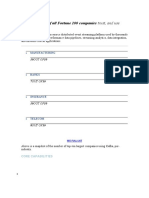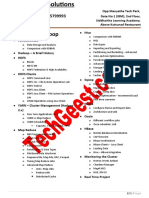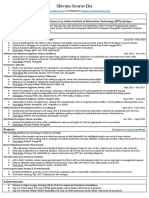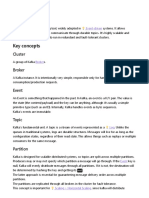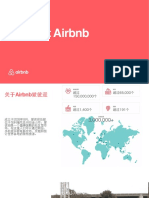0% found this document useful (0 votes)
46 views14 pagesInterview Preparation Questions
The document is a comprehensive list of interview preparation questions covering various topics in Java, including Core Java, Object-Oriented Programming, Advanced Java, Multithreading, Collections, Design Patterns, Databases, Microservices, and Spring Framework. It includes technical concepts, coding questions, and practical scenarios to assess knowledge and experience in software development. The questions are designed to evaluate understanding of both foundational and advanced topics relevant to Java programming and software architecture.
Uploaded by
manish choubeyCopyright
© © All Rights Reserved
We take content rights seriously. If you suspect this is your content, claim it here.
Available Formats
Download as PDF, TXT or read online on Scribd
0% found this document useful (0 votes)
46 views14 pagesInterview Preparation Questions
The document is a comprehensive list of interview preparation questions covering various topics in Java, including Core Java, Object-Oriented Programming, Advanced Java, Multithreading, Collections, Design Patterns, Databases, Microservices, and Spring Framework. It includes technical concepts, coding questions, and practical scenarios to assess knowledge and experience in software development. The questions are designed to evaluate understanding of both foundational and advanced topics relevant to Java programming and software architecture.
Uploaded by
manish choubeyCopyright
© © All Rights Reserved
We take content rights seriously. If you suspect this is your content, claim it here.
Available Formats
Download as PDF, TXT or read online on Scribd
/ 14





























































